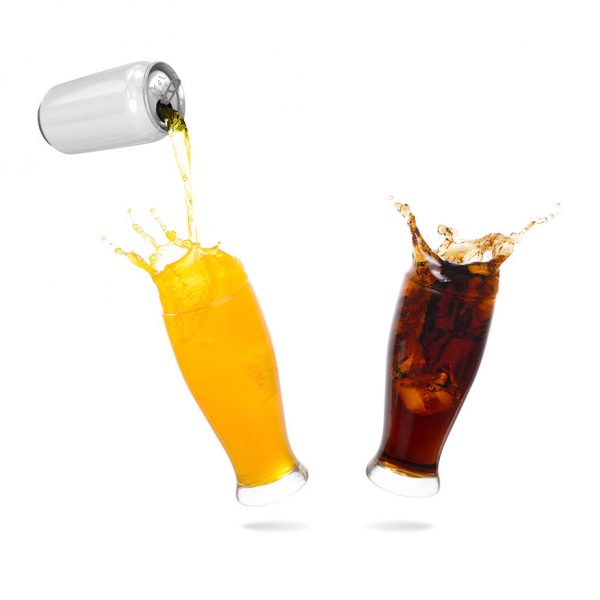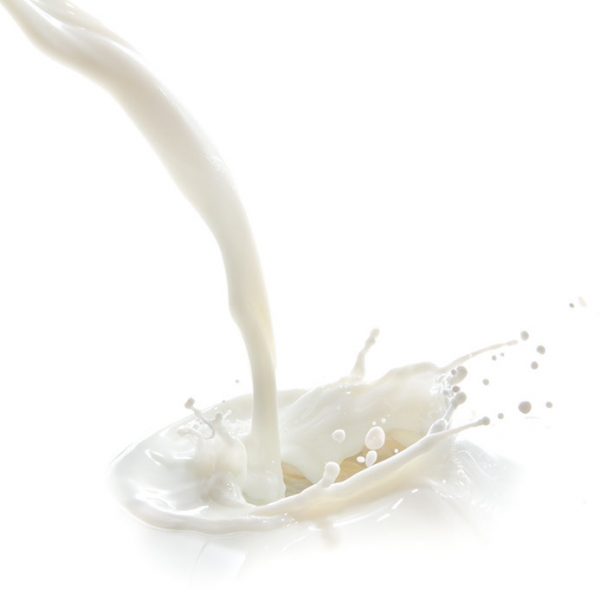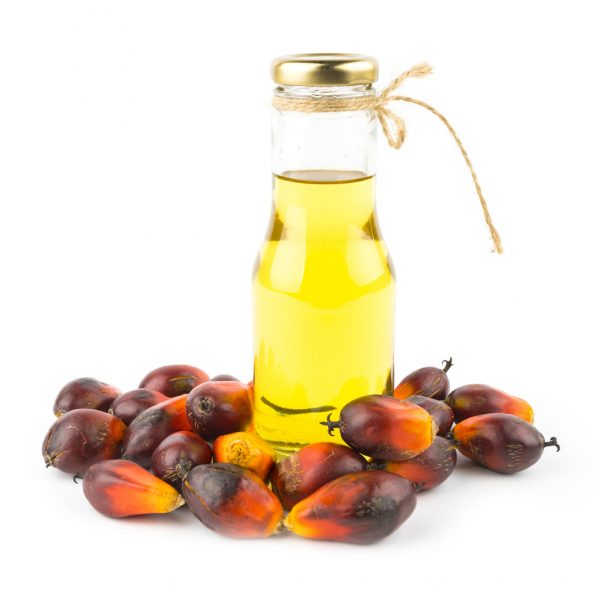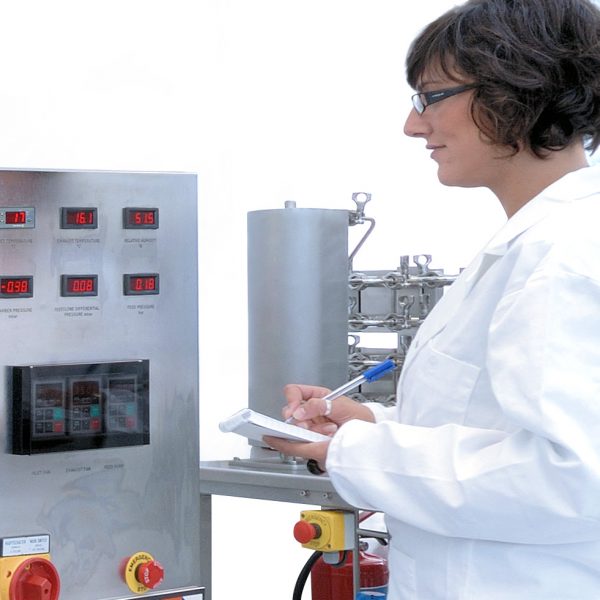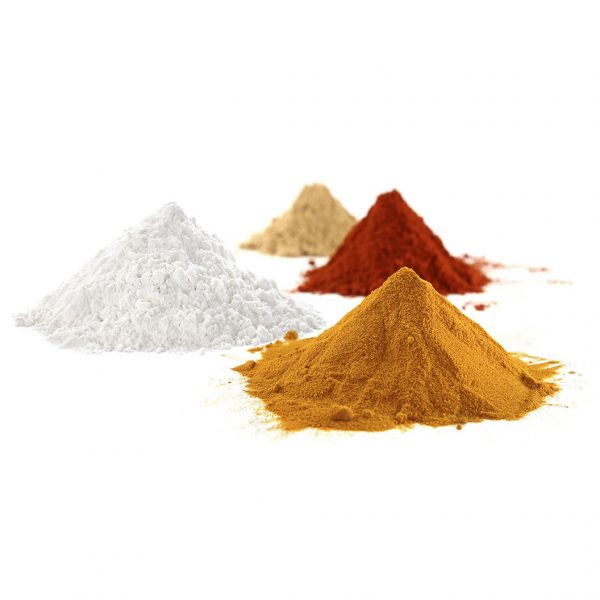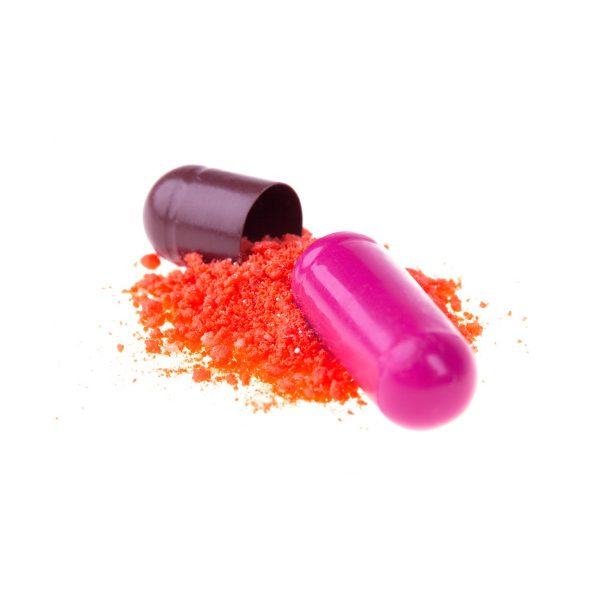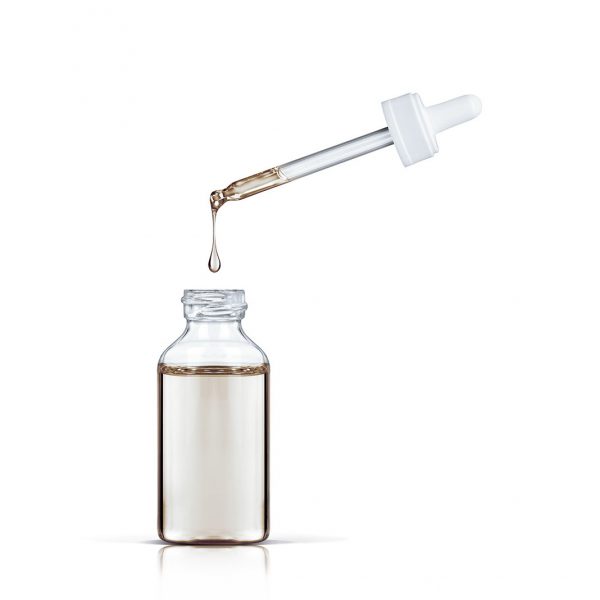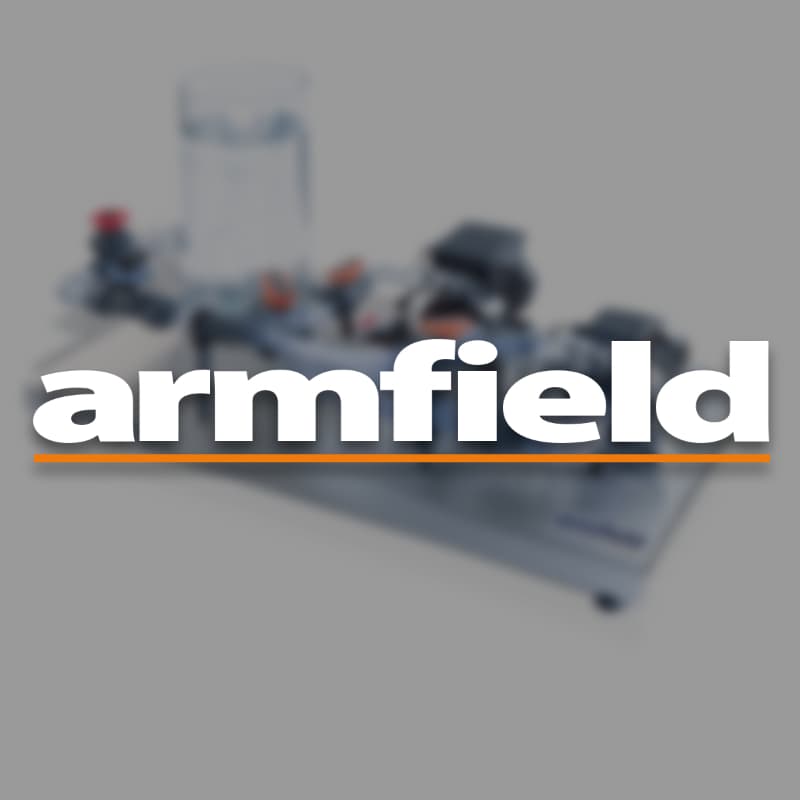Exploring Distillation Columns : The Art of Separation
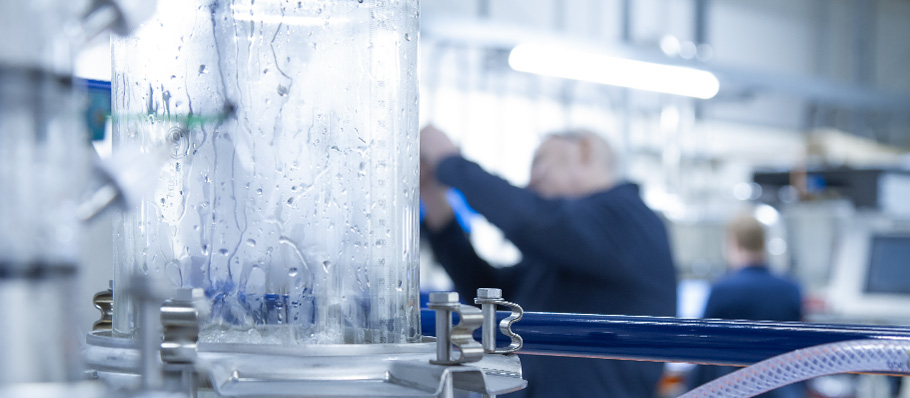
Distillation columns stand as one of the most critical unit operations in chemical engineering, enabling efficient separation of liquid mixtures based on differences in boiling points. From oil refineries and natural gas processing plants to pharmaceutical laboratories and beverage production, distillation processes remain indispensable.
At Armfield, we specialise in creating world-class solutions for all types of unit operations, including advanced distillation columns that help researchers, engineers, and industrial professionals achieve precise separation and high-purity products.

What Is a Distillation Column?
A distillation column is a vessel designed to separate liquid mixtures into individual components or fractions. The process relies on the principle that different liquid components within a mixture have different boiling points. By providing repeated cycles of vaporisation and condensation, distillation columns allow one to extract a distillate or top product of higher purity, while the less volatile bottom product stream collects at the base.
These distillation systems are found in a wide range of industries:
-
Petrochemicals – for separating crude oil into fuels and lubricants.
-
Pharmaceuticals – to purify solvents or active ingredients.
-
Beverages – such as producing distilled water or alcoholic beverages.
-
Biofuels – for refining ethanol and other renewable fuels.
Principles of Distillation
The separation process in a distillation unit works by heating a liquid mixture until it vaporises. The rising vapour travels up the column, contacting descending liquid, which creates a dynamic vapour-liquid equilibrium. The more volatile component enriches in the vapour phase, while the less volatile component concentrates in the liquid phase.
Fractional distillation, extractive distillation, differential distillation, and azeotropic distillation are variations of this principle, each used for particular separation challenges.
Types of Distillation Columns
There are several designs used across various industrial applications:
-
Batch Columns – operate on a fixed charge until the separation is complete.
-
Continuous Columns – handle a constant input and output stream, widely used in oil refineries.
-
Fractionating Columns – equipped with trays or packing to maximise vapour-liquid contact.
-
Packed Columns – filled with structured or random packing materials, ideal for high-purity requirements and low pressure drop.
-
Tray Columns – employing valve trays, sieve trays, or bubble caps for large-scale separation.
Each type of column serves different distillation processes, from laboratory experiments using borosilicate glass vessels to industrial-scale distillation towers built with high-strength alloys.
Components of a Distillation Column
A typical distillation column comprises several major components:
-
Column Shell – the main vertical vessel, designed with precise column height and diameter.
-
Internals (Trays or Packing) – providing vapour-liquid contact through tray design or structured/random packing.
-
Reboiler – supplies the necessary vaporisation by heating the mixture at the bottom.
-
Condenser – cools rising vapour into condensed liquid for collection or reflux.
-
Reflux Drum – stores condensed liquid and regulates reflux ratio for higher purity.
Armfield designs incorporate durable materials, from borosilicate glass for laboratory applications to corrosion-resistant alloys for industrial vessels.
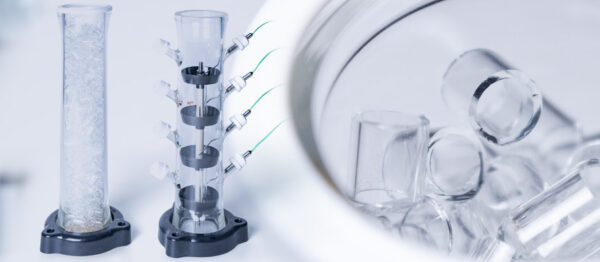
Design Considerations
Distillation column design must account for:
-
Properties of the feed mixture (boiling points, vapour pressures).
-
Desired product purity and flow rates.
-
Column performance parameters such as pressure drop and reflux ratio.
-
Mechanical design and material transfer efficiency.
A well-designed column balances enriching and stripping sections, ensuring both the distillate composition and bottom product stream meet specifications.
Factors Affecting Column Performance
Several factors influence efficiency in distillation systems:
-
Temperature and Pressure – governing vapour-liquid equilibrium.
-
Reflux Ratio – a higher reflux ratio enhances separation but increases energy use.
-
Column Internals – poor tray design can lead to flooding or weeping.
-
Heat Input – too much or too little heat disrupts proper separation.
Research published in Chemical Engineering Science continues to refine design specifications and column internals to improve performance.
Troubleshooting and Optimisation
Common issues in distillation columns include:
-
Flooding – caused by excessive vapour flow leading to liquid buildup.
-
Weeping – when liquid leaks through tray perforations due to low vapour rates.
-
Foaming – disrupting mass transfer efficiency.
Preventive measures include careful monitoring of vapour pressures, flow rates, and pressure drops. Regular inspection of packing materials and cleaning of equipment ensures long-term reliability.
Applications Across Industries
Distillation towers play a critical role in diverse industries:
-
Natural Gas Processing – separating gas components for fuel and feedstock.
-
Oil Refineries – fractionating crude oil into petrol, diesel, and kerosene.
-
Pharmaceuticals – isolating high-purity ingredients.
-
Beverages – distilling spirits and producing distilled water.
-
Biofuels – refining renewable energy resources.
The ability to achieve efficient separation and high throughputs makes distillation columns one of the most vital unit operations in engineering.

FAQs
What is the role of a distillation unit in industrial processes?
A distillation unit separates liquid mixtures into purified fractions, enabling production of fuels, pharmaceuticals, chemicals, and beverages.
How does a tray column differ from a packed column?
A tray column uses valve trays or sieve trays for vapour-liquid contact, while a packed column employs packing materials for lower pressure drop and higher efficiency in specific applications.
How does adjusting reflux ratio impact column efficiency?
A higher reflux ratio increases separation efficiency but also raises energy consumption. The minimum reflux ratio defines the least energy required for effective operation.
Why is the bottom product stream important?
The bottom product stream contains the less volatile components. Its quality is crucial for downstream processes and depends on factors such as heat input, reflux ratio, and design specifications.
Armfield for Distillation Columns
Distillation columns remain at the heart of modern separation process principles. Their ability to deliver precise separation of liquid mixtures supports industries from petrochemicals to pharmaceuticals. At Armfield, we are proud to provide innovative solutions for all types of unit operations, ensuring our clients benefit from reliable, high-performance distillation equipment tailored to their needs.
Ready to optimise your distillation processes?
Discover how Armfield’s distillation columns and unit operations solutions can enhance your laboratory or industrial setup. Contact us today to learn more.

Armfield can trace its history back over 130 years, throughout which, the Company’s policy of quality, innovation and service has helped it to maintain a strong market position and develop a reputation for industry leadership in the field of Engineering teaching.
Education Division
Operating since 1963, the Armfield Education Division designs and manufactures equipment for engineering education and research.
Industrial Division
The Armfield Industrial Division designs and manufactures research & development systems, primarily for the food, beverage, dairy, edible oil and pharmaceutical industries.
